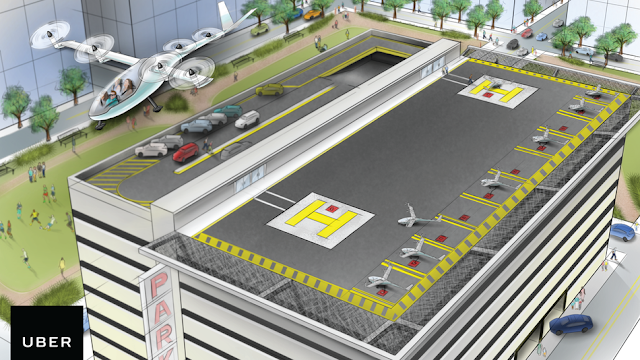Phone displays with curved edges on all four sides could be on their way soon
Smartphones are inching closer and closer to becoming pure slabs of glass. Just look at Samsung's Galaxy S8 and its "infinity display" which covers 83% of the front or the LG G6's "full vision" display and its 80% screen-to-body ratio.
As futuristic as those phones look, they're not quite fully bezel-less. They still have a slim "forehead" and "chin" to house essential features like an earpiece, iris scanner, and selfie camera.
A new report from Korea's ETnews, however, suggests phones with screens that cover almost 100% of the front could be on their way very soon.
Both Samsung and LG are reportedly working on displays with curved edges on all four sides as opposed to on two (like on Samsung's flagship phones). By curving the display and glass on all edges, phones could have screen-to-body ratios of 98%, essentially covering the entire front.
It's a lovely dream that would make any sci-fi film nerd drool, but creating displays with curved screens on all sides isn't easy. The report says Samsung and LG are both struggling with the lamination process, particularly when it comes to enabling touch functions in the curved corners.
If either company could figure out how to solve the issues, though, phones could very well look like the concept iPhone render in the image above, albeit with the edges actually curved, of course. Maybe something more like the bottom of this Samsung concept, minus the physical home button and top bezel:
The benefits are obvious: bigger screens, smaller phone dimensions. The disadvantages are just as obvious: screens would be more prone to damage and cracks with no bezels to absorb impact.
Moreover, phone makers need to solve another challenge if such fully curved screens ever make become commercially available. They need to relocate the aforementioned earpiece, sensors, and selfie camera.
Phones like the Xiaomi Mi Mix and Sharp's Aquos Crystal, which have a bezel-free display on three of their four sides, solve these issues in a number of ways. Instead of an earpiece, the phones use a piezoelectric speaker to vibrate sound off their frames and into your ears. Sounds awesome, but in practice, they can actually be worse than a traditional earpiece.
In my review of the Aquos Crystal back in 2014, I said this about the phone's Direct Wave Receiver technology (it's own version of the piezoelectric speaker):
Calls sounded distorted and more tinny than on other budget Android smartphones like the second-generation Moto G. The Direct Wave Receiver technology didn't improve call clarity when in louder environments, either. I actually found it harder to hear voices on the Aquos Crystal than on devices with an actual earpiece.
As for the selfie camera and sensors (light, proximity, etc.), both phones merely relocate them to the bottom bezel — an awkward place that's not ideal for shooting flattering selfies. You can flip the phone's upside down to orient the selfie camera at a more traditional angle, but that's just inconvenient.
Ideally, the selfie camera, and light and proximity sensors will simply be embedded within the display. And that could happen, actually. Apple has a patent for embedding a camera's image sensor in-between the display's pixels. The tech giant also has a patent for a display with an integrated light sensor. Meanwhile, another startup called Elliptic Labs has actually figured out how to use ultrasonic sensors to replace the light and proximity sensors altogether.
None of these things will get solved overnight. It took nearly a decade to arrive at Samsung's curved screen edges and we're only just getting phones with screens that cover more than 80% of the front. It could be another decade before the bezel is extinct and we're literally just holding a sheet of glass in our hand.



























